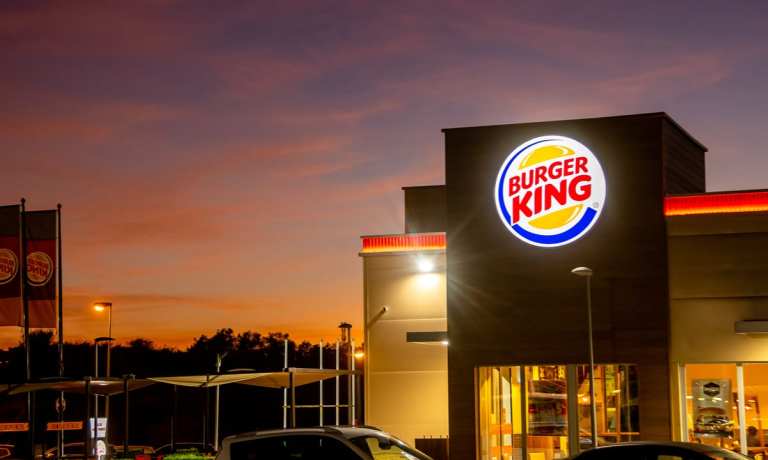Redesigns Bring Restaurants Into The 2020s

After months and months of meals at home, consumers are excited to be back at their favorite restaurants this summer.
Many major brands are taking advantage of this enthusiasm to refresh their relationships with customers, revitalizing stores aesthetically, operationally and technologically to create a new experience for the 2020s.
For example, Moe’s Southwest Grill, an Atlanta-based fast-casual chain with over 700 locations, is redesigning restaurants in major markets with new drive-thrus and mobile order pickup capabilities as well as a new logo, new signage, and a new paint job, among other changes. In markets where this redesign is already in effect, stores are seeing increased sales and customer growth.
“The first thing that happened was [customers] noticed that something was different,” Alex Williams, chief brand officer at Moe’s, said of these redesigned locations in an interview with PYMNTS. “They felt it on the inside, but they actually see it on the outside first. So then when they ordered curbside and/or delivery, they would say, ‘Wow … that’s not the same Moe’s.’”
Other restaurants refreshing their brands include Burger King and The Halal Guys, a New York City-based fast-casual gyro and chicken restaurant with about 100 existing locations and more than 400 new restaurants currently in development. On Monday (July 12), Burger King opened its first location with its new “Pavilion” retro-style design in St. Louis, a look that the company is testing out to gauge consumer response, the St. Louis Post-Dispatch reported.
“The idea is to acknowledge where we came from, but also push forward and chart a new path,” Henry Delouvrier, co-owner of franchisee Broadway Restaurant Group, said in the report.
Meanwhile, in June, The Halal Guys announced a new restaurant design that aims to evoke the feeling of the chain’s original New York street carts, following the brand’s technological improvements made throughout 2020.
While some restaurants are focusing their store redesigns around communicating a new brand image, others are focusing on functionality, debuting new restaurant prototypes built to accommodate the surge in digital ordering. In June, P.F. Chang’s announced new To Go locations, a smaller format store that does not offer on-premise dining.
Many other chains are doing the same, ditching the dining room to fulfill digital sales without bearing unnecessary real estate costs. In June, Jack in the Box, a quick-service restaurant (QSR) chain with over 2,000 locations, revealed what its drive-thru-only prototype looks like.
Smaller chains are doing the same — Portillo’s, an Illinois-based fast-casual chain with around 60 locations, debuted its first pickup- and delivery-only restaurant last week, and Krystal, a QSR chain with 285 locations, announced a dining room-less prototype at the start of the month. Even much smaller chains are getting in on the trend —Texas fast-casual brand Bellagreen revealed that its sixth location will be a delivery- and pickup-only restaurant in Houston.
These dining room-free locations are similar to ghost kitchens, the digital-only restaurants that became an especially popular choice for restaurateurs during quarantine, but unlike ghost kitchens, these new stores have a brick-and-mortar touchpoint for consumers to engage with the brand physically. They are opening just as many of the virtual brands that emerged in the last year are opening physical locations.
Read More On Restaurants:
- Domino’s Loyalty Refresh Doubles Members’ Pickup Orders Amid Consumer Hesitance
- Gen Z Diners Fall Behind Baby Boomers in Restaurant Spending
- Starbucks Launches EV Charging Partnership With Mercedes
- OpenTable and Visa Launch Restaurant Reservation Partnership